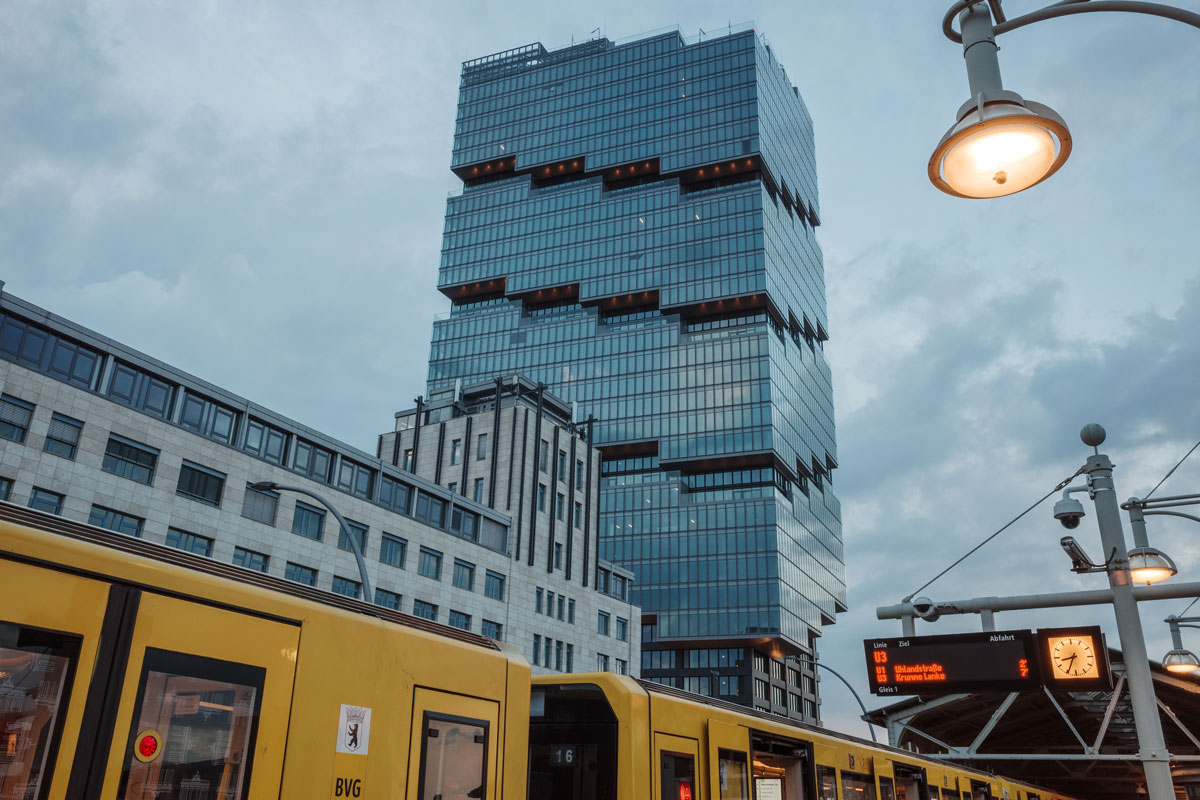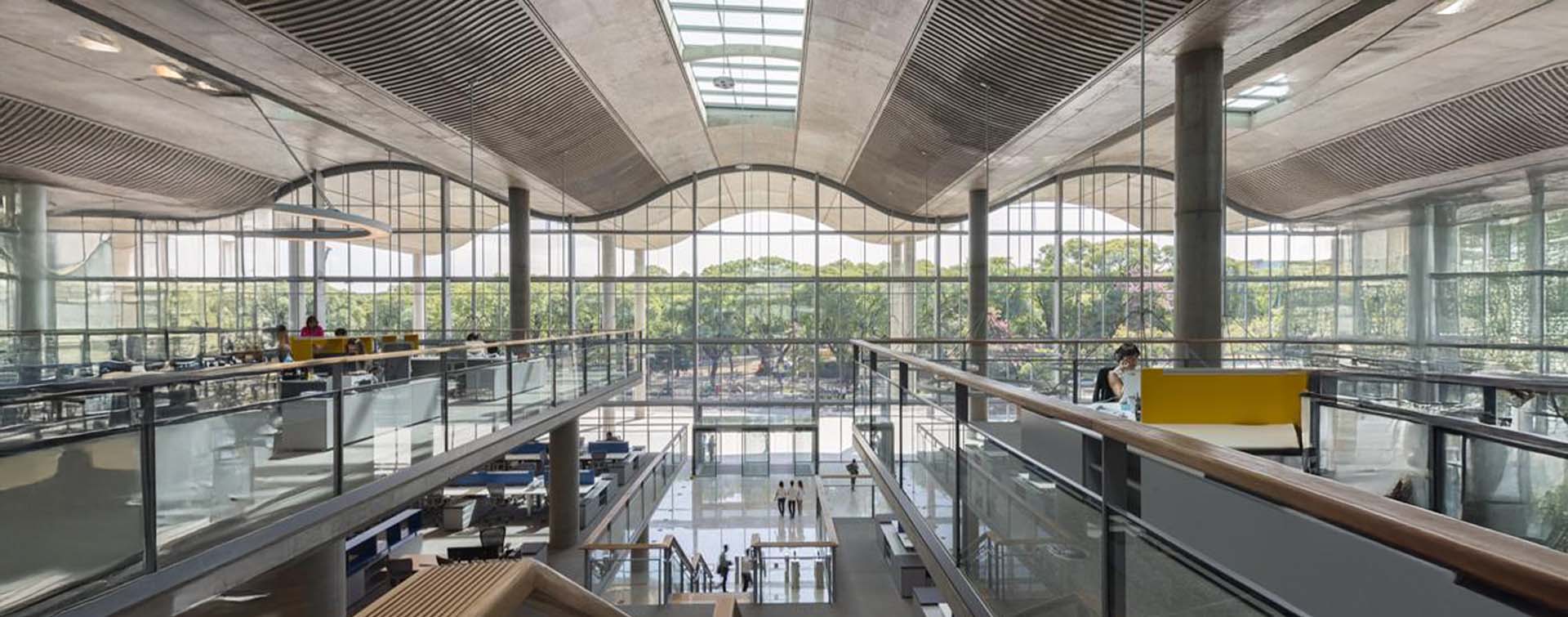 9 min
9 min
It seems that the construction sector is still slow to adopt Artificial Intelligence (AI). Why is this the case?
The sector is lagging behind, but the potential of AI, particularly for renovation, is immense. To start integrating artificial intelligence into their operations, professionals must first digitize the vast amount of data and resources they handle on a daily basis. Too often, this is still on paper (drawings, building archives and registers, expert reports, etc.). Supplemented by open-source resources (such as EPD or Open Street Maps), it can then be used as input data for AI applications. These might be dedicated to predictive project management, design and materials optimization, or smart building management, for example. This is why it’s essential to develop tools dedicated to construction professionals, to enable them to fully exploit the potential of artificial intelligence.
How can we be sure that these artificial intelligence tools will meet the expectations of construction professionals?
This is exactly what we’re exploring at my university, with the “NaiS” research project. This prototype, developed with numerous industry partners, draws on AI, BIM and LLM¹, to help professionals make the right decisions for their projects – particularly in terms of sustainability. The goal of the NaiS project is to test and validate these innovations through their practical application in pilot projects, and thus demonstrate clear and measurable benefits in terms of productivity and sustainability. In line with this philosophy, we are working with partners such as ZÜBLIN on practical applications of AI. The renovation of the Z-Zwo office building in Stuttgart (Germany) is a good example. The building features smart energy systems, and is expected to be certified at platinum level by the German Sustainable Building Council (DGNB). By proving its worth in this way, AI can become an essential tool for improving construction practices. But note that while the tool is guided by AI, the interpretation and decision-making remain human.
AI terms used in sustainable construction / LLM¹LLMs (Large Language Models) are AI applications capable of processing large volumes of text to understand and generate language. In sustainable construction, they extract key data from complex documents (materials, environmental standards, etc.), to provide targeted and valuable information.
Does the “human” professional still have a place in a future driven by artificial intelligence??
Absolutely. AI doesn’t replace humans, it augments them. Above all, it is a tool at the service of professionals. There is a need for a human-machine bridge if we are to benefit from clear, interpretable predictions. This need for carefully thought-out human-machine collaboration is also a key factor in overcoming resistance to change and encouraging the adoption of AI in the sector.
What exactly are the main obstacles to the adoption of AI, and how can they be overcome to achieve more sustainable construction?
There are many obstacles. The nature of the data, which is both fragmented and in analogue form, poses problems for smaller companies that lack resources. The lack of data analysis experts, the high cost of customized solutions and the sometimes-mistaken perception of AI as a miracle solution, when simpler systems based on rules or statistical methods may be more suitable, are still holding back its adoption.
Despite this, solutions do exist. These include training in AI, systematic data digitization (simple actions like consistent file naming can already make a difference), collaboration between companies (why not with the support of public funding?), and developing secure, anonymized data-sharing solutions. The ideal would be to develop solutions across the entire sector, with secure data sharing to identify broader patterns and weak correlations.
How can AI be used to optimize the energy performance of buildings throughout their life cycle?
Modern buildings are equipped with real-time sensors, so they generate data that enables operators to maximize performance. In the past, you had to wait for a breakdown or disruption before realizing that improvements could or should be made. In practical terms, this means improved energy management, distribution, storage and also redistribution in the event of surplus photovoltaic production, for example. Not forgetting that AI-powered energy control also means accurate carbon footprint measurement, making it easier to comply with regulations and to target future investments so that profitable, sustainable choices are made from the outset, thus limiting the need for costly renovations later on.
In terms of quality of life, how can AI contribute to healthier, more comfortable buildings that are better suited to the needs of their occupants?
Continuous analysis using AI monitors air quality (CO2, humidity, volatile organic compounds – VOCs) and adjusts the ventilation accordingly, with a positive impact on the health of occupants. It can also be used to customize the indoor environment by learning occupants’ preferences (temperature, lighting, noise), enhancing safety and detecting anomalies. This detailed monitoring can also be used to optimize the use of space: by analyzing flows and habits, AI can suggest the best way to reorganize communal areas. The building thus becomes more than just a structure: it’s a living environment that continuously adapts to offer its occupants well-being and comfort.
You are a specialist in Lean Construction². How does this fit in with the use of AI?
Lean Construction aims to maximize value and minimize waste. By coupling it with AI, which automates the analysis, planning and technical operation, you naturally improve performance. For example, you might specify that for a particular week, in a given area, you have a specific need for cranes and further resources as well as energy requirements on your building site. With this data, AI can provide a precise and optimized analysis of resource management, either global or specific (a given location or resource over a given period). This saves a lot of time and improves decision-making. The other goal of Lean Construction is to provide transparency and a more detailed understanding of the project. In this area, AI can use data to improve understanding by providing a more comprehensive vision, and even pave the way for alternative designs.
Sustainable construction terms / LEAN CONSTRUCTION²Inspired by Lean Management, Lean Construction is a project management approach designed to maximize value and minimize waste in construction. It focuses on process optimization, elimination of unnecessary tasks and continuous improvement. It limits the use of resources (materials, energy, time), reduces waste, minimizes the environmental impact of building sites, and improves collaboration between stakeholders. By encouraging transparency, communication and collaborative problem-solving, Lean Construction helps to make projects more efficient, more profitable and more environmentally friendly.
Faced with the challenges and opportunities of AI, what trends give you hope for a more sustainable built environment?
For me, the long-term goal would be to build a database continuously populated with anonymized and statistical data, managed by a neutral body, to inform decisions and speed up the transition to more sustainable construction. By harnessing the strengths of human expertise and AI technology, the construction industry can quickly move towards more sustainable results.
Completed in 2023 in Berlin (Germany), Edge East Side is a connected office building designed by Barkow Leibinger and Eike Becker Architekten. It features energy performance monitoring and automation tools that adjust operating systems in real time to maximize efficiency and comfort.

Read other articles on the theme of innovation:
Read other articles on the theme of data:
Photo credits: © ZÜBLIN









